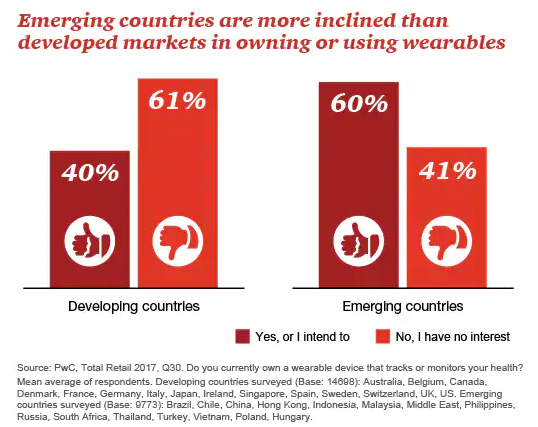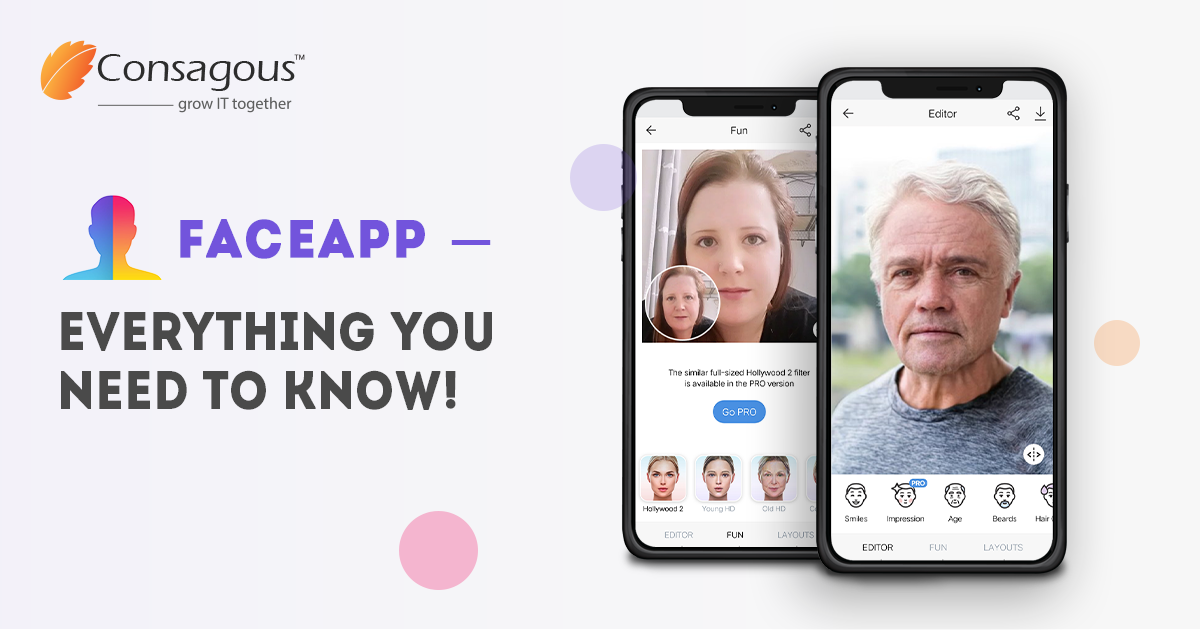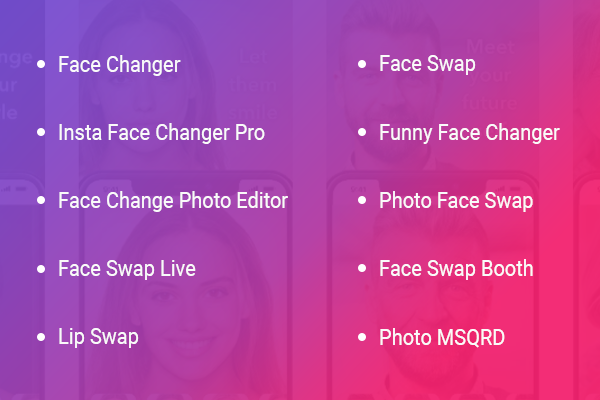Here you will find an overview of artificial intelligence solutions. Concepts, AI for education, open-source AI Technologies, and applications.

Here you will find an overview of artificial intelligence solutions. Concepts, AI for education, open-source AI Technologies, and applications.

Traditional workspace with table and chairs having big size desktops are becoming a scene of some 90’s movies as today employees want everything Hi-tech. With the involvement of emerging technologies and Smart Spaces, the boring workplace has become a trend and fascination and people love to spend their working hours in a connected environment.
Previously it was a dream of every employee that their workspace can automatically anticipate and respond to their needs throughout the day. Now with Artificial Intelligence Solutions, their dream has become true, it has enabled a more productive work experience by automating people to interact with spaces.
Not only the IT industry but all most every industry are availing Artificial Intelligence services in their offices to make their walls smart. And people rely on robots for their chore tasks. The increasing demand for smart revolution has changed all the aspects of offices and turning them a decorative cube.
These are the following technologies that are bind in Smart Spaces:
According to Gartner’s study “Smart Spaces is one of the key technology areas to consider over the next few years” but what exactly Smart Spaces is? Let’s discuss in a brief.
Smart Space is physical environments that are built by collections of sensors, analytics which use IoT-powered technology to optimize energy efficiency, improve productivity levels for businesses & public services and actuators to manage the communication between the physical environment and its space users.
Smart Spaces spectrum varies in size from a workplace to a stadium, or even a city and they all have common requirements, only the scale of deployment changing. Soon Smart Spaces will become an unavoidable part of the offices and public spaces and its future looks bright.
With the help of Smart Spaces, humans and technologies can smoothly interact with each other in a physical environment. Where meetings can start quickly, with all the arrangements related to teleconferencing and video conferencing.
Here are the industries that are availing boons of Smart Spaces:
The hospitality industry is known for services related to leisure and customer satisfaction. Now with Smart Spaces, this industry has become more powerful and luxurious. Hospitality service providers are considering IoT development solutions to offer services like a personalized wake-up setting, play music and TV from smartphone, hoteliers can save electricity by automatically turning off lights and AC if rooms are unoccupied to facilitate their guests from each ends.
The construction industry is evolving rapidly, every year new trends appear within the industry, from technological advancements to a stronger emphasis on sustainability. Smart Spaces are empowering this industry with smart home systems; amenities, appliances connected via apps, Wi-Fi, sensors, and a system management dashboard.
Smart Spaces has modified the way people shop. With interactive shelf labels, people can place orders more quickly and can track orders through mobile apps. They can also get digital coupons, nutrition information, and other details regarding products by scanning the barcode.
Now Airports with facial recognition provides security and quicker check-ins through Artificial Intelligence Services. It provides facilities for better traveler’s movement in crowded areas. Self-service kiosks for check-ins, bag drops, and messaging service allows passengers to check on their flights throughout the airport.
Summing Up
In the past few years, the way we live, work and interact with our surroundings has been substantially changed as focused on our life has shifted from nature to technologies. The speedy development of science and the constant development of new technologies has largely influenced our environment. And blurring the line between the virtual and physical world.

According to research done by KRC Research, approx. 80% of executives believe that they could save 360 hours a year through automation. That’s the reason companies are switching into AI-driven Robotic Process Automation. It is estimated that by 2024, “robotics process automation is forecasted to be a $3.5-billion-dollar market in North America alone.''
These numbers themselves speak a lot and clearing all skepticism related to RPA importance in business’s workflow. Now it becoming an integral part of businesses and smoothing operational process and making employees more efficient and effective.
The rise in Artificial Intelligence services will also curve the role of the C-suite by opening up new training and career opportunities across various levels of the organization. Before discussing anything related to RPA, let’s discuss about Robotic Process Automation.
Robotic process automation is a process in which software integrated with Artificial Intelligence and Machine Learning technologies can handle high-volume, repeatable tasks, calculations and maintenance of records and transactions.
Previously these tasks were handled by humans even today some companies are using the traditional process to deal with repeatable tasks which are prone to error manually.
With RPA systems, mobile app developers create the action list by tracking the user activities and then perform the automation by repeating those tasks directly in the GUI. This minimizes the limitations to the use of automation in products that might not otherwise feature APIs for this purpose.
It’s time to discuss RPA’s architecture, let’s proceed.
The architecture of Robotic Process Automation includes several tools, platforms, and various blocks:
RPA Tool:
RPA Platform:
RPA Execution Infrastructure:
Configuration Management:
There are various benefits of having RPA in business, let’s discuss a few of them.
Cost Savings:
One of the biggest advantages of robotic process automation is that it reduces the cost by automating the repetitive work.
Quality Work:
Even the most careful human can and will make a mistake but with RPA, companies can perform work error-free.
Speed:
Speed is another factor in which automation wins. Business Intelligence automation enables mobile app developers to complete the project faster and bring it to market sooner. Today most of the mobile app development companies are using an automated process to complete software development.
Insights and Analytics:
RPA offers the ability to track, collect, analyse, organize and store valuable data. That data then can be utilized to improve the existing operations of a business and develop best practices for future work.
Lower Operational Risk:
Robotic Process Automation eliminates the rate of errors while operation thereby offers a lower level of operational risk. Now mobile app development companies are started to leverage automated testing tools for testing which provides faster internal reporting, on boarding, and other internal activities.
Whenever new technology introduced to the world it viewed with Pyrrhonism and doubt, same happened with and Robotic Process Automation. But now it has started spreading wings in the businesses. RPA is increasingly being adopted by enterprises, in fact, various companies are already leveraging its benefits. With AI/ML-enabled software, it has evolved from simply automating processes to becoming a driving factor of enterprise transformation.

The Healthcare industry is the most sensitive one as compared to other industries in terms of data as it generates 2,500 petabytes of data every day. These data come from various sources such as patient information, diagnostic tests, prescriptions, and insurance claims. You will be shocked after knowing that approx. 90% of this data has been created in the last two years only.
To deal with these data and emerging needs of patients, the healthcare industry is turnabout towards digitization and preparing for pacing with rapid advancements in medical technology and overall quality of care. Now the way through which care facilities have been delivered to the patients have changed with the overwhelming use of mhealth mobile app development solutions that have doubled in recent years.

Now, wearable app development services and mhealth mobile app development services have made it possible to track real-time patients’ health condition. With access to this comprehensive information about the patient, physicians can offer personalized treatment and care rather than a general diagnosis.
Technology is involving in the healthcare sector at a fast pace, which is changing the whole scenario of the healthcare industry. From visiting the doctors’ clinic to video consultations, being prescribed mHealth app and using a smartphone for a routine checkup, healthcare is truly changing.
Let’s discuss the new trends of the Healthcare Industry for 2020.
Though the healthcare sector is filled with immense technologies, but here we have only covered five best technologies that have overcome healthcare barriers.
Artificial Intelligence is not new to the world, but its new blessings will still be untouched by the industries. Now with more secure and AI-infused “wearables” healthcare professionals keep oversees their patients from anywhere at any time. “Studies show that 88% of consumers are willing to share data derived from AI-infused “wearables” with healthcare professionals”.
Customized Artificial Intelligence solutions could be an effective tool for physicians to intensify patient care and could also provide governess help by reminding patients to take medicine and leading patients through medication.
Based on market research, “the global big data in the healthcare market is expected to reach $34.27 billion by 2022 at a CAGR of 22.07%”. Big Data analytics solutions are changing the way hospitals track information related to patients. Apart from wearables that can detect the patient’s heart rate, distance walked, sleep, exercise, calories, etc. there are new medical Big Data applications are available in the market that can monitor the patient’s blood pressure, pulse Oximeters, glucose monitors, and more.
Monitoring devices allows healthcare organizations to treat people remotely as they can identify health issues before the situation goes worse. Big Data solution helps the hospital to arrange patient’s data in such a way so it can be accessed to understand the pattern of many patients. It can identify their chronic issues and help in giving patients better care remotely to minimize their frequent visits.
Market research done by P&S Market revealed that healthcare IoT development services will record a CAGR of 37.6% between 2015 and 2020. It also surmises that this increasing need will be derived by wireless health monitoring systems, which can detect chronic diseases like heart attacks, stroke, cancer, diabetes, epilepsy and seizures, obesity, and oral health problems.
With custom IoT application development, hospitals are creating a personalized atmosphere for monitoring health conditions through wearables. Some popular smart devices like Fitbit, Apple smartwatches are capable of diagnosing patient’s early stage for holistic health analysis and wristbands to track eating habits to suggest customized nutrition choices.
According to Hyperledger’s survey, “42.9% of healthcare organizations suppose that the interoperability of electronic health records will help for faster blockchain implementation”.
Blockchain technology, the most disruptive technologies in the world is spreading its wings and now become an unavoidable part of every industry. Just like other industries, Healthcare industry is also adopting the Blockchain to innovate the way they function.
Though there are some furtherance’s still needed to adopt Blockchain ledger technology smoothly across the whole medical industry but it truly provides a more shielded way to protect data.
A full 92% of healthcare consumers surveyed said that improving customer experience should be a top strategy this year.
As the advances in medical technology has been rapidly increasing, the potential of healthcare services has also increased and holds the promise to meet the emerging demands of patients.
With the arrival of digital twin technology, the healthcare industry is addressing the new challenges and offering a comprehensive approach to differentiate each unique patient within the system to start the right care processes to treat the health conditions of patients. A digital twin will also improve both care delivery and the patient experience through effective and efficient patient-centric care.
There’s no doubt that the healthcare industry has a promising future as several smart devices have added to this field for remote monitoring. It is just a beginning, healthcare revolution is still in its early stages and you will see a lot more changes in the upcoming years. We should expect to see mhealth mobile app development solutions becoming the norm in a healthcare setting.

After the storming entry of TikToK, FaceApp is making a place in people’s smartphones and allows them to see their future look. Yes!! This is absolutely true now you check how you’ll look when you are 80 with FaceApp. Still confused? Let’s understand in deep.
Recently Russian company Wireless Lab has launched face changer app FaceApp for iOS and Android platforms. This app uses Artificial Intelligence solutions to generate highly realistic transformations of faces in photographs. The app can transform a face to make it look older, younger, smile, or even can change gender. FaceApp was launched in 2017 but it recently gained huge popularity among the audience.
Not only commoners but also the world ‘s best-known celebrities like Jonas Brothers, Deplo, Snooki and JWoww, Lebron James, Carrie Underwood, and Mike Fisher have shared their old age look in their Instagram account.

FaceApp has enriched with various face changing features with some creative marks and experiments that are successfully turning human face according to their choice.
Main features are:
This is the first app that is gaining huge words from LGBT and transgender communities because of its feature that can change the appearance of a person as the opposite gender.

This photo-morphing app powered by AI solutions including an artificial neural network is simple, handy and hilarious too. “An artificial neural network is a biologically inspired computational model that is patterned after the network of neurons present in the human brain”. Mobile apps of artificial neural networks include pattern recognition and forecasting in various fields including business, telecommunications, operations management, and pure sciences.
Steps of using FaceApp:
FaceApp has 2,173,760 monthly app downloads.

 Techstack of FaceApp
Techstack of FaceApp
The major programming languages for building iOS apps are:
The major programming languages for building Android apps are:
The cost of a photo editing app like FaceApp will depend on the complexity and number of feature clients want to add in the project. According to Consagous expert team of mobile app developers, it will take approx. 1400 to 1500 hours to develop an app like FaceApp.
So, the estimated cost to develop an app like FaceApp would go somewhere around USD 35K-40K.

App marketing is not everyone’s cup of tea, it requires a highly experienced marketing team which can strategize your app in front of an audience. At Consagous, our digital marketing team is highly experienced having years of experience. For mobile app marketing we follow the following steps:
FaceApp has won the hearts of millions with its perfect blend of design and functionality. The existing face editing apps are not containing as amazing features as FaceApp therefore app is going to be a big hit.
If you are thinking of creating a new photo editing app then Consagous can be your perfect choice to develop an AI face editor app like FaceApp.